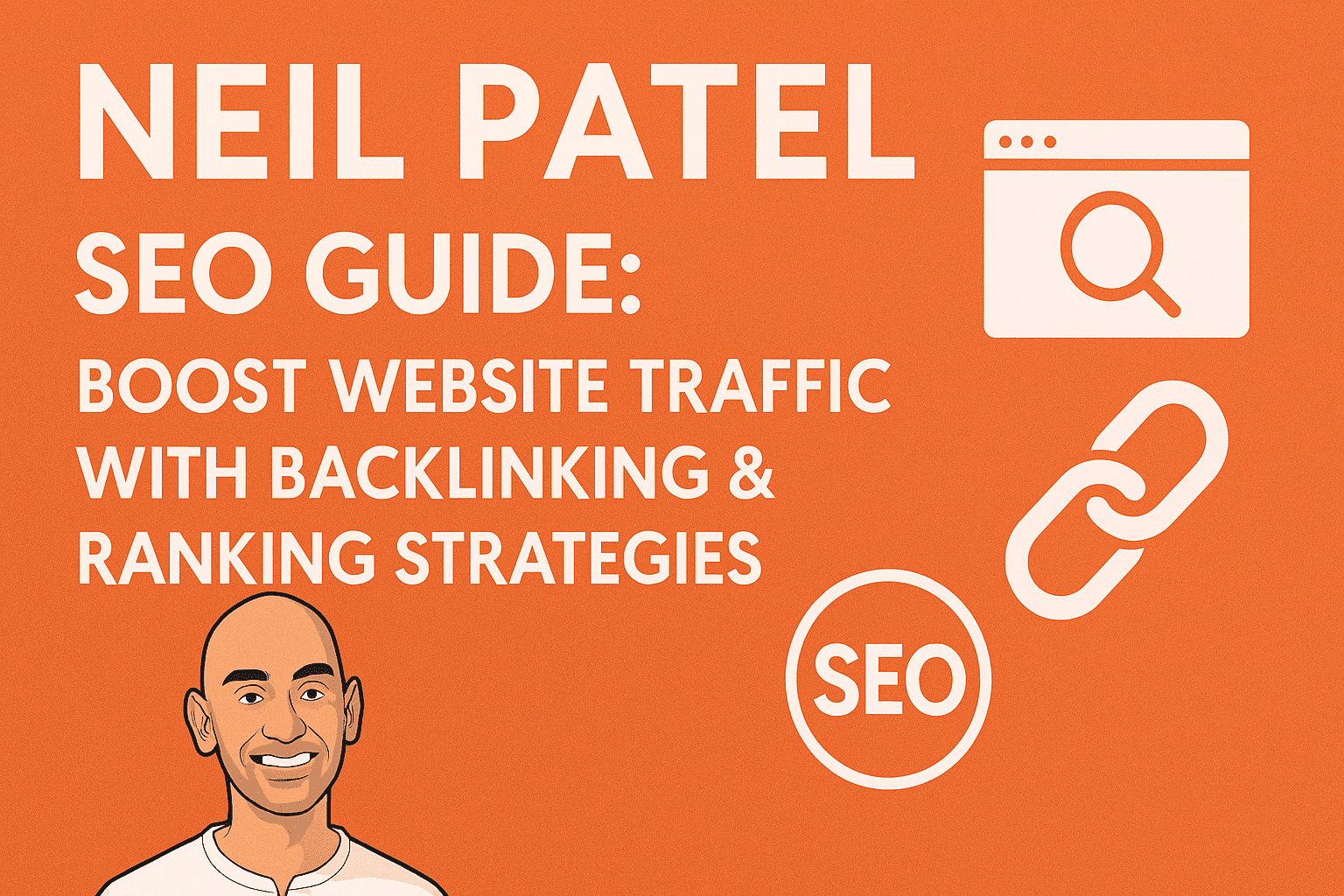With the ever-changing internet marketing landscape, Neil Patel SEO is the standard-bearer for anyone looking to understand SEO.
The way he sees backlinking has changed the way businesses manage their internet reputation. Let’s look at technical backlinking methods based on Neil Patel’s experience.
What Are Backlinks?
Backlinks, sometimes known as “inbound links,” are external hyperlinks that lead to a website page. Affirmations to search engines informing them that the website page has helpful and trustworthy content—these are ultimately lead back to us.
Backlinks are the key to determining how powerful and high-ranking a website is in the realm of SEO.
Why Backlinks Matter in SEO
Neil Patel highlights the idea that backlinks are similar to votes of confidence. These links, in the opinion of search engines such as Google, indicate high-quality material.
The more quality backlinks a page receives, the higher its chances of ranking in the search results. However, it is more important to consider the importance and quality of these relationships rather than their quantity.
Types of Backlinks
Understanding the various types of backlinks will help you establish a solid SEO strategy.
- Dofollow links: These are normal links that pass SEO value from the referring page to the target page.
- Nofollow Links: These links have a ‘nofollow‘ element, which instructs search engines not to transfer SEO value. Although they have no direct influence on ranking, they can generate traffic.
- UGC (User-Generated Content) Links: Hyperlinks within user-generated content, such as comments or discussion boards. They can be valuable, but they must be monitored to avoid becoming swamped with spam.
- Sponsored Links: Pay-per-click links that must be marked up to identify their nature, providing search engines with complete information.

Building a Robust Backlink Profile
Neil Patel thinks that creating solid backlinks isn’t quantity over quality—it’s relevance and quality. The following are some of his tested-and-proven strategies to assist you in developing your backlink profile the correct way:
Create High-Quality Content:
Content that actually helps others—through new data, practical advice, or new insight—is inherently link-worthy. If your page or blog answers genuine questions or presents something better than the rest, others will wish to link back to it. Imagine making something so helpful that others can’t resist sharing.
Guest Blogging:
Writing for established sites within your niche not only establishes authority but also provides an opportunity to add backlinks to your own website. Patel suggests choosing blogs that have good traffic and domain authority already, so the links are worth more SEO.
Outreach & Relationship Building:
Backlinking isn’t always done robotically—it is frequently a human thing. Inviting influencers, bloggers, or site owners personally with a tailor-made message and content rich with value can garner organic backlinks. Neil indicates that one needs to focus more on real relations than spamming bulk emails.
Use Smart SEO Tools:
Tools such as Ubersuggest (which was developed by Neil himself) have the potential to be game changers. These allow you to monitor who’s linking to your website, discover new backlink opportunities from competitors, and check your SEO progress—all in one location.
Monitoring and Analyzing Backlinks
Periodic audits of your backlink profile are required. Using tools to check for broken links, measure referring domain quality, and track new or lost backlinks might assist uncover areas of concern. Continuously reviewing your SEO efforts ensures that your approach remains strong and adaptable to changes in the online environment.
Final Thoughts:
Backlinking is still a pillar of successful SEO. Companies can enhance their internet accessibility and organic traffic by understanding the complexity and using tactics developed by leaders such as Neil Patel.
Got a favorite trend or a tech you’re excited about? Let us know in the comments!
Explore more tech updates here → Click here

